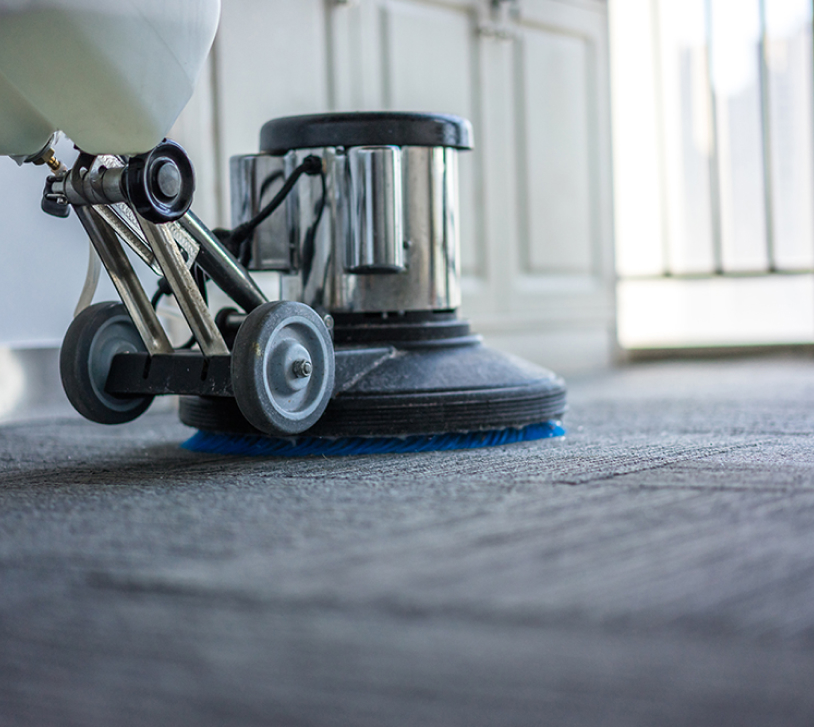It’s every cleaning professional’s nightmare. The expensive rug. The suede sofa. The heirloom china. The ridiculously large flat screen TV. The autographed item. Broken. Damaged. Stained. Destroyed.
Accidents happen to the best of us. That’s why it’s called an accident. But that might not be much of a consolation to your client. What should you do if your new cleaning solvent stains the carpet, or the vacuum bumps a table and knocks off an antique?
- Have employees communicate and document. Chances are good the client will be calling. That conversation will go better if you have the facts documented right from the source and are prepared to diffuse and correct the issue.
- Be proactive about telling your client. Don’t wait for them to notice or hope they never notice. Even if they are angry, you show yourself to be trustworthy when you admit your mistake quickly and openly. Your best chance of keeping your client in this situation? Honesty.
- There is insurance coverage for this. The technical term is “Property of Others in Your Care, Custody or Control”. That’s a mouthful. In the insurance world, we shorten it to CCC coverage. This coverage can be added to a Business Owner’s Policy or a Property Insurance Policy. The amount of coverage varies from policy to policy. Check with your insurance agent to make sure you have this coverage, and to verify the limit.
- If the damage is minimal, consider paying for the damage outright, rather than submitting an insurance claim. This is acceptable and, in some cases, it’s recommended. Insurance is better used as a backstop for larger issues
Since most cleaning personnel are worried about this, they tend to be more cautious in this area than in any other aspect of their work. Professional residential cleaners log thousands of hours without these types of incidents but they do occur. And when they happen, they can be significant. Accidentally leaving a faucet running overnight can cause extensive water damage to furniture, floors, ceilings, drywall and paint. It’s a simple mistake. But costly.
In comparison, the cost to add this type of insurance coverage to your policy is minimal. And well worth the investment. Talk with your insurance advisor to make sure you have this coverage in place. Bonus? That upset call from the client will turn into an opportunity, showing you’re your business prepares for issues and is ready to respond.






